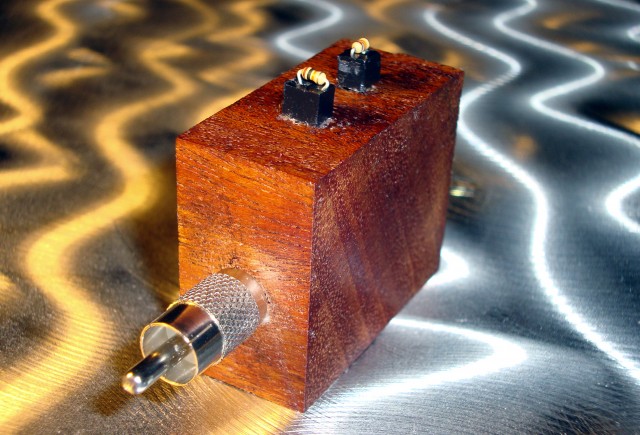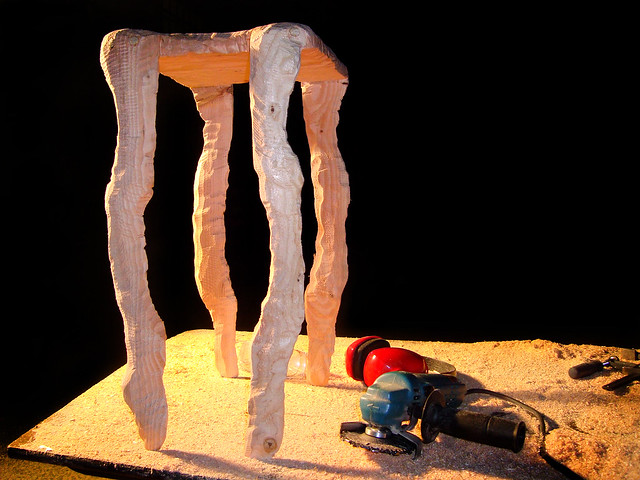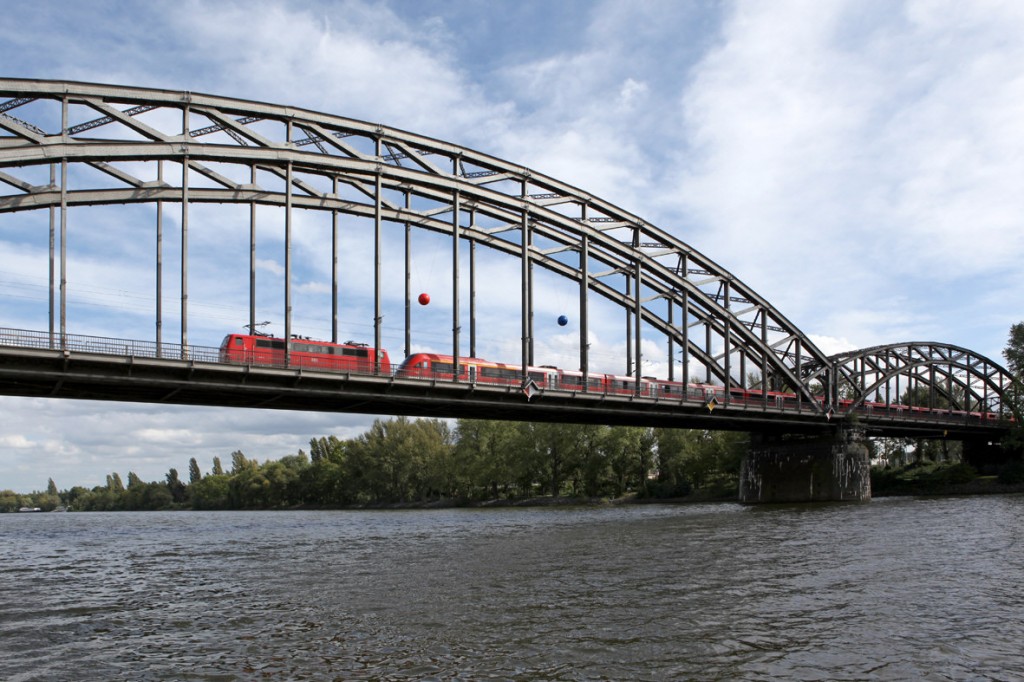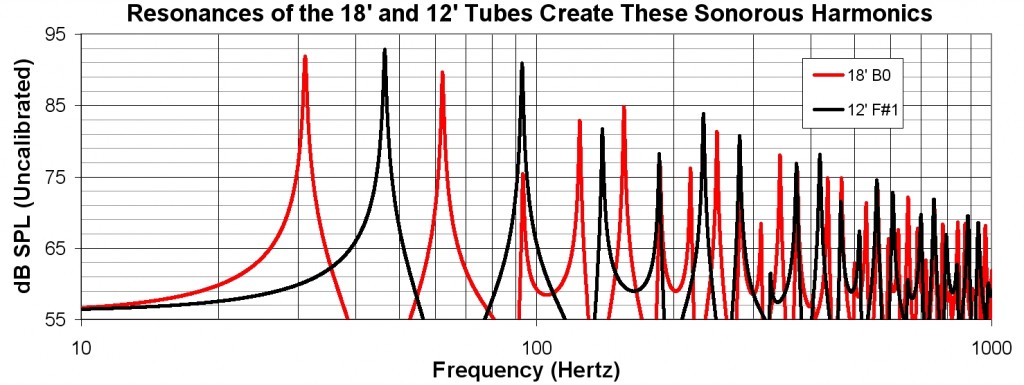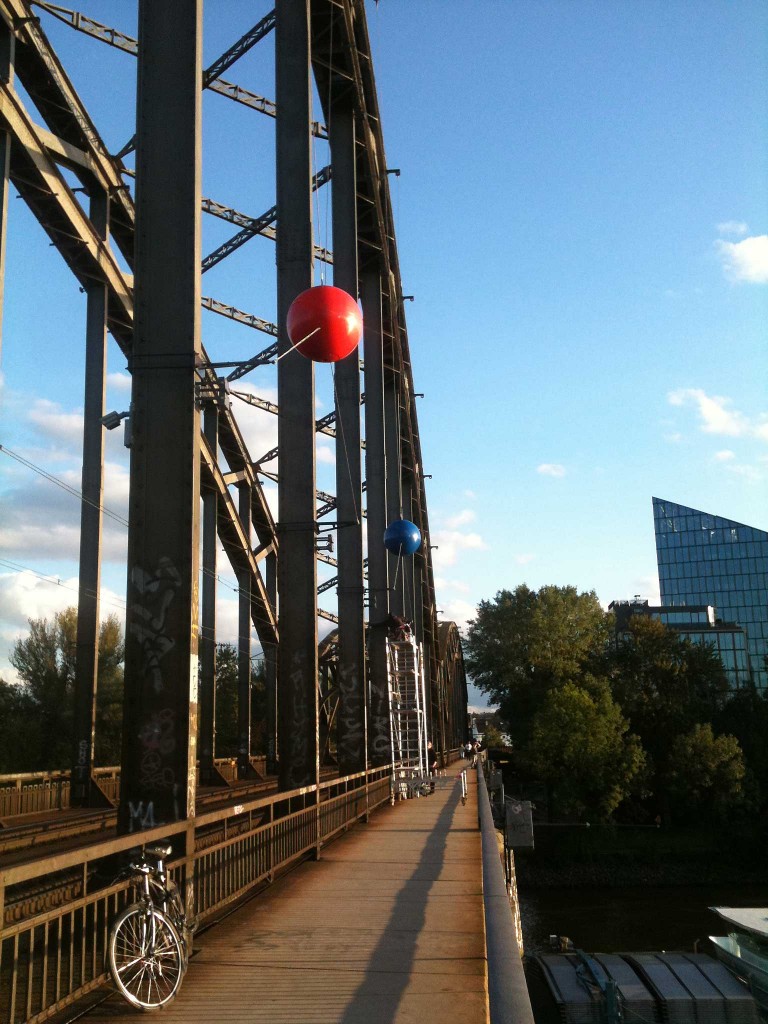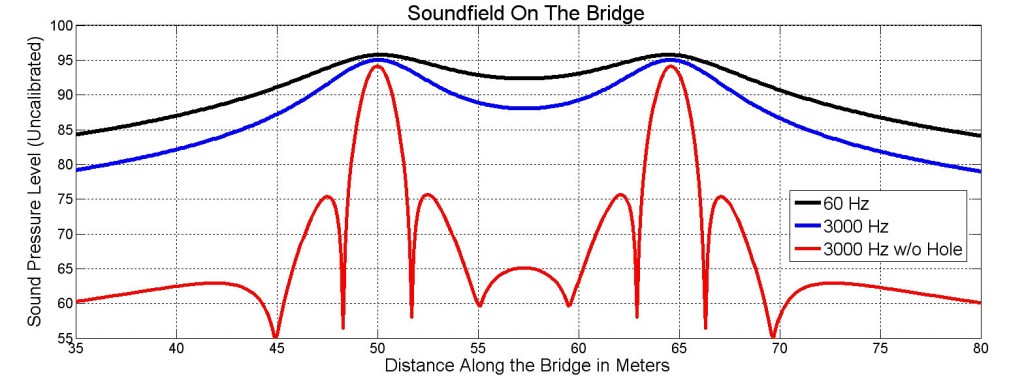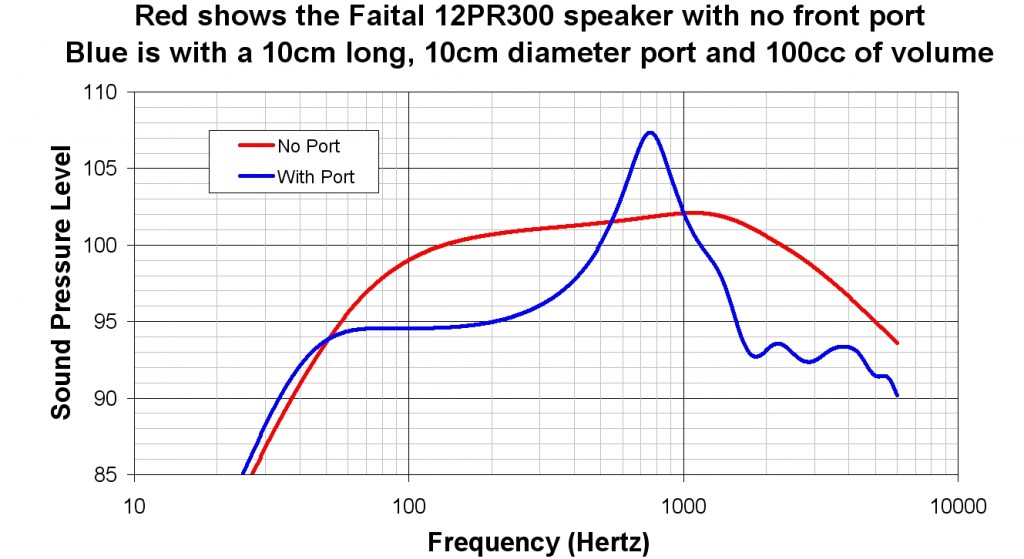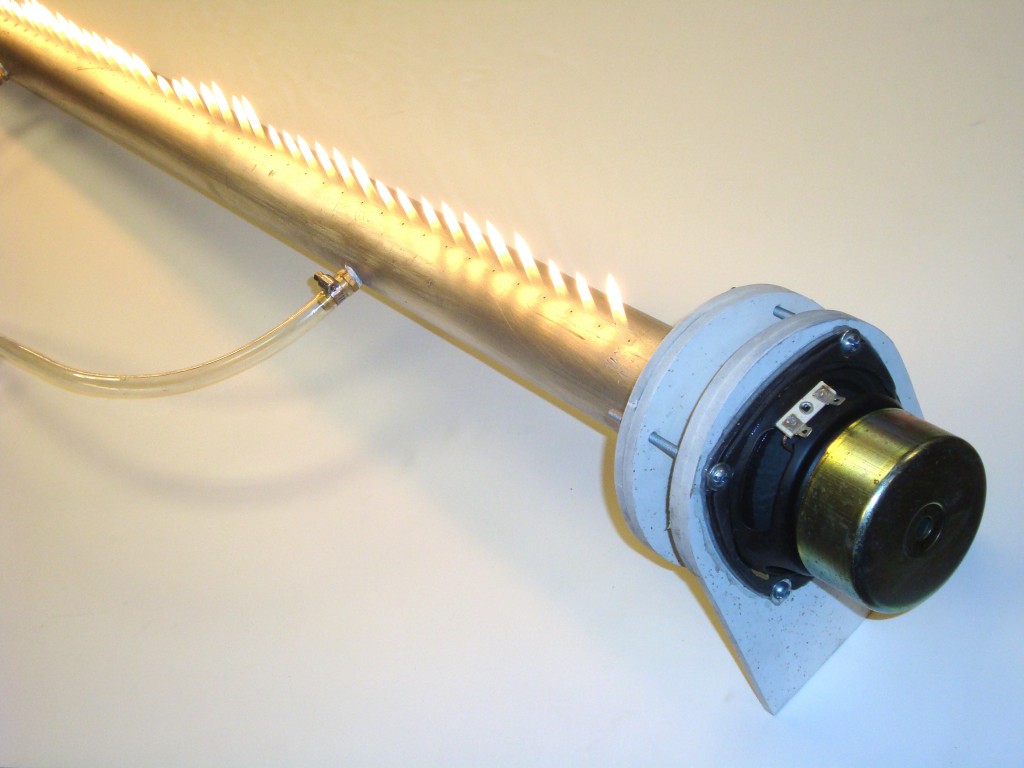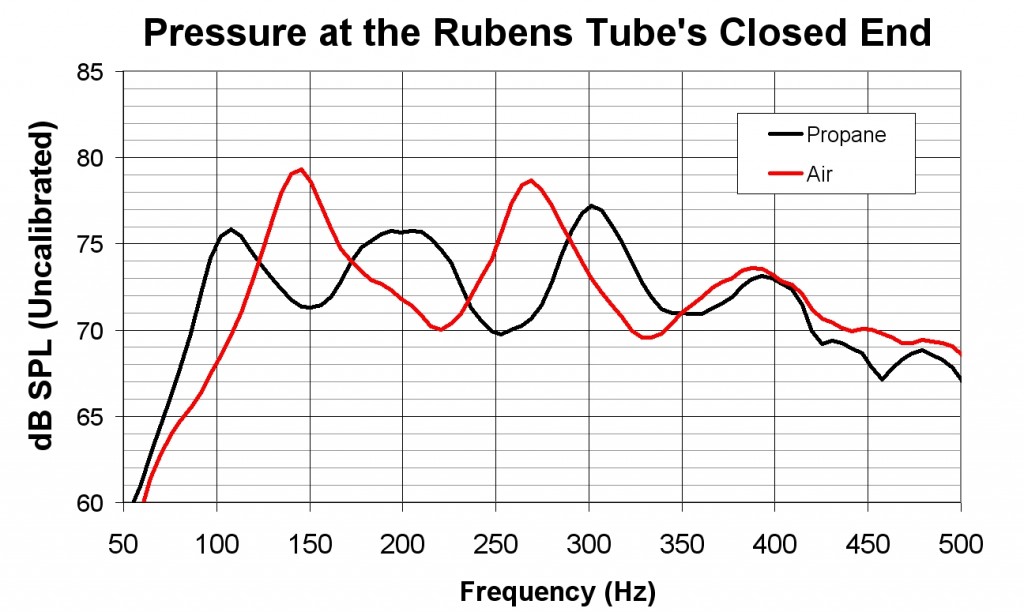Sick of thin bass when listening to your favorite music over headphones? Missing that cinematic surround sound experience when you are on the go? Craving the visceral bass impact of live concerts? Trying to get to 11, but your headphones are stalled out at 6.283? Move over anemic earbuds, there’s a new product in town: BIGheadphones: Bass Impact Gear’s new headphone product, available in two versions: Premium 5.1 (shown below in a user trial) and Mega Premium 7.2 (coming soon).
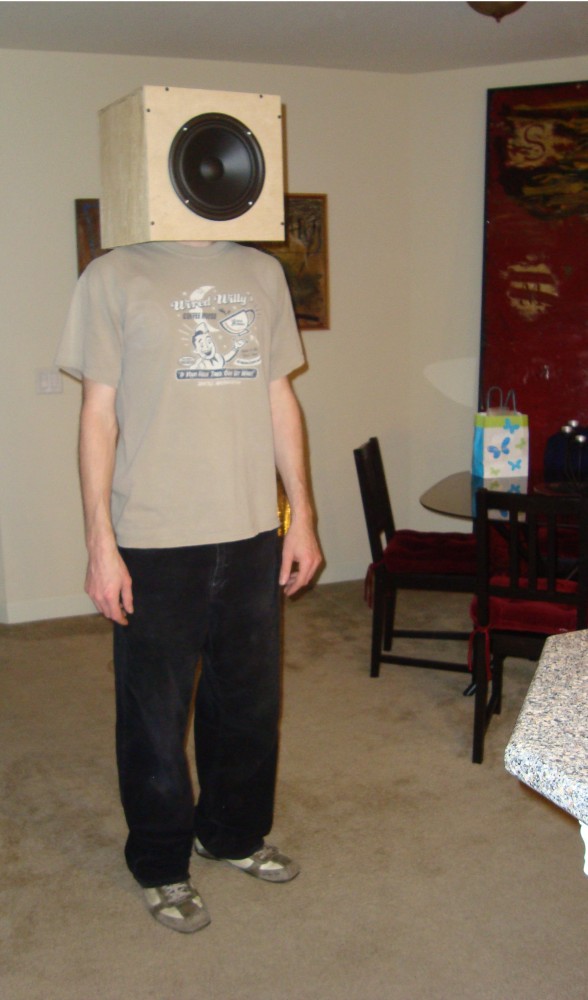
Reviewers are raging about the unprecedented dynamics, midrange clarity, and sound stage:
“Perhaps it was in the region of articulation and musical dynamics that this system impressed the most. The dynamic bloom from soft to extremely loud was exquisite, and so clearly delineated that listeners could unravel musical phrases down into the concert hall’s noise floor and below.” – The Audio Critic
“BIGheadphones speak with an organic integrity. They are hewn from the living wood—endangered old growth Amazonian timber… I wept openly when forced to return the demo model.”– Stereophile
“BIGheadphones make critical listening a joy rather than a strain. I was flabbergasted by their brilliant pitch certainty. The midrange sounds were open, clear, and stunningly present. Playback performance like this makes use of the word transparent not only forgivable, but mandatory.” –Audiophilia
“The 5.1 has an innate flair for speed and control that is incomparable. The command of bass dynamics moves beyond effortlessness to nonchalance. My eyeballs were vibrating! My hands are still shaking as I write this review.” –Sound and Vision
“…the most important innovation in audio reproduction since the permanent magnet.” –Acta Acustica
“W.O.W.” –Bose listening panel
Reviewers agree that BIGheadphones are a huge leap in audio reproduction technology, larger than vacuum tubes, Stroh violins, carbon microphones and Edison cylinders combined.
Relative to planar speakers, typical box speakers are unable to develop the proper surface loudness or intensity typical of large instruments such as the piano. This audio feat poses no challenge for BIGheadphones. Computationally modeled and optimized by a small and highly trained team of expert acoustical engineers over a period of 13 years, BIGheadphones were inspired by ingeniously thinking “inside the box,” not outside the box. At the obsolete exterior listening position, a typical loudspeaker rarely generates even a realistic classical music concert level, but inside that same speaker, the sound pressure levels can quite easily exceed the 115 dB of a stadium rock concert. This realization was the BIG breakthrough, but was only the beginning of the struggle pursued by our elite acoustical research team. Our uberengineers had to break the chains of common design practice to breathe the refreshing mountain air of inside-the-box acoustics, where nearly everything is inverted.
To illustrate, achieving loud bass external to a speaker typically requires the box be a very large size. However, inside the box, the bass response is naturally flat to the lowest frequencies, and the smaller the box the louder and more impactful it becomes. Further, our astute engineers shrewdly realized that the stop-band and pass-band inside and outside the box are also opposite, as illustrated in the enlightening plot below of the subwoofer section of BIGheadphones. The Blue curve shows the hyposonic level inside, extending well below 10 infrasonic Hz, while the Red curve shows the meager sound pressure level in the more traditional listening position two meters in front of them. Notice how the passband outside the box begins at 2kHz, whereas the passband inside the box ends at 2 kHz. How many other speaker systems can boast of a subwoofer response that is flat over more than three orders of magnitude? Now that’s innovation! And this is just the customer-average response—the bigger your head the broader the bandwidth that you can brag about to your audiophile friends.
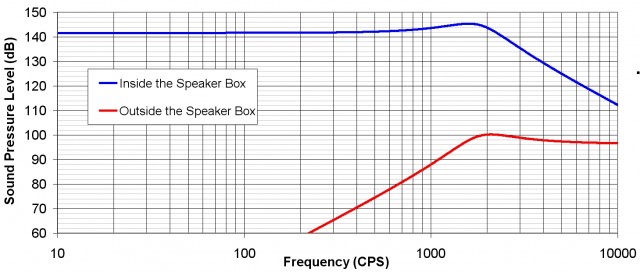 The observant reader has already noticed that this plot shows BIGheadphone’s output level is a mere 142 dB – only 22 dB above the threshold of pain. Note though that this is with a paltry 1 Watt input – in reality, they are capable of 17 dB higher output with the optional high output amplifier add-on kit, though this reduces the playback time to under 36 hours per charge. And that’s just the subwoofer! The industry-leading, consciousness-altering bass response shown above is augmented by five horn loaded, carbon fiber reinforced porcelain dome, 2” diameter neodymium tweeters with single crystal silver edge wound voice coils. With this critical addition, the frequency response of the BIGheadphones extends from below 10 Hz to 31 kHz and beyond! Get your BIGheadphone audition today at your local Hi-Fi retailer! “BIGheadphones, the last audible note in audio reproduction!”
The observant reader has already noticed that this plot shows BIGheadphone’s output level is a mere 142 dB – only 22 dB above the threshold of pain. Note though that this is with a paltry 1 Watt input – in reality, they are capable of 17 dB higher output with the optional high output amplifier add-on kit, though this reduces the playback time to under 36 hours per charge. And that’s just the subwoofer! The industry-leading, consciousness-altering bass response shown above is augmented by five horn loaded, carbon fiber reinforced porcelain dome, 2” diameter neodymium tweeters with single crystal silver edge wound voice coils. With this critical addition, the frequency response of the BIGheadphones extends from below 10 Hz to 31 kHz and beyond! Get your BIGheadphone audition today at your local Hi-Fi retailer! “BIGheadphones, the last audible note in audio reproduction!”
(Not available in France.)
Thanks to the editors at RSW, Inc.
